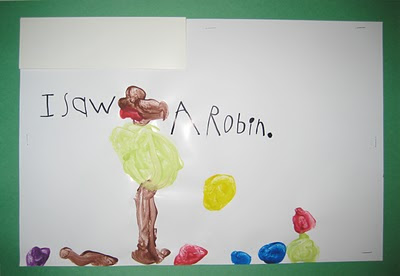Graphing activities for kindergarten include collecting data and organizing it in a variety of ways.
When children walk around the classroom and ask their friends which cereal they prefer, put a tally mark under the cereal picture, and count how many tally marks are in each column, they are not only graphing but also working with statistics or data analysis. There are lots of fun things to do in this area of math and the activities integrate well with science activities.
Graphs make counting and comparing meaningful and provide opportunities to bring numbers, letters, letter sounds and other literacy skills to the children's attention.
When children are making guesses about what might happen in different situations, they are learning about probability.
The children should have experiences:
- collecting information
- counting and making tallies
- surveying peers
- sorting objects
- making graphs with real things and making picture graphs
- reading graphs
- making observations from a graph
- working with tally marks and comparing their results with a friend's results
- asking questions about graph results
- using the terms "never, sometimes, always"

















































